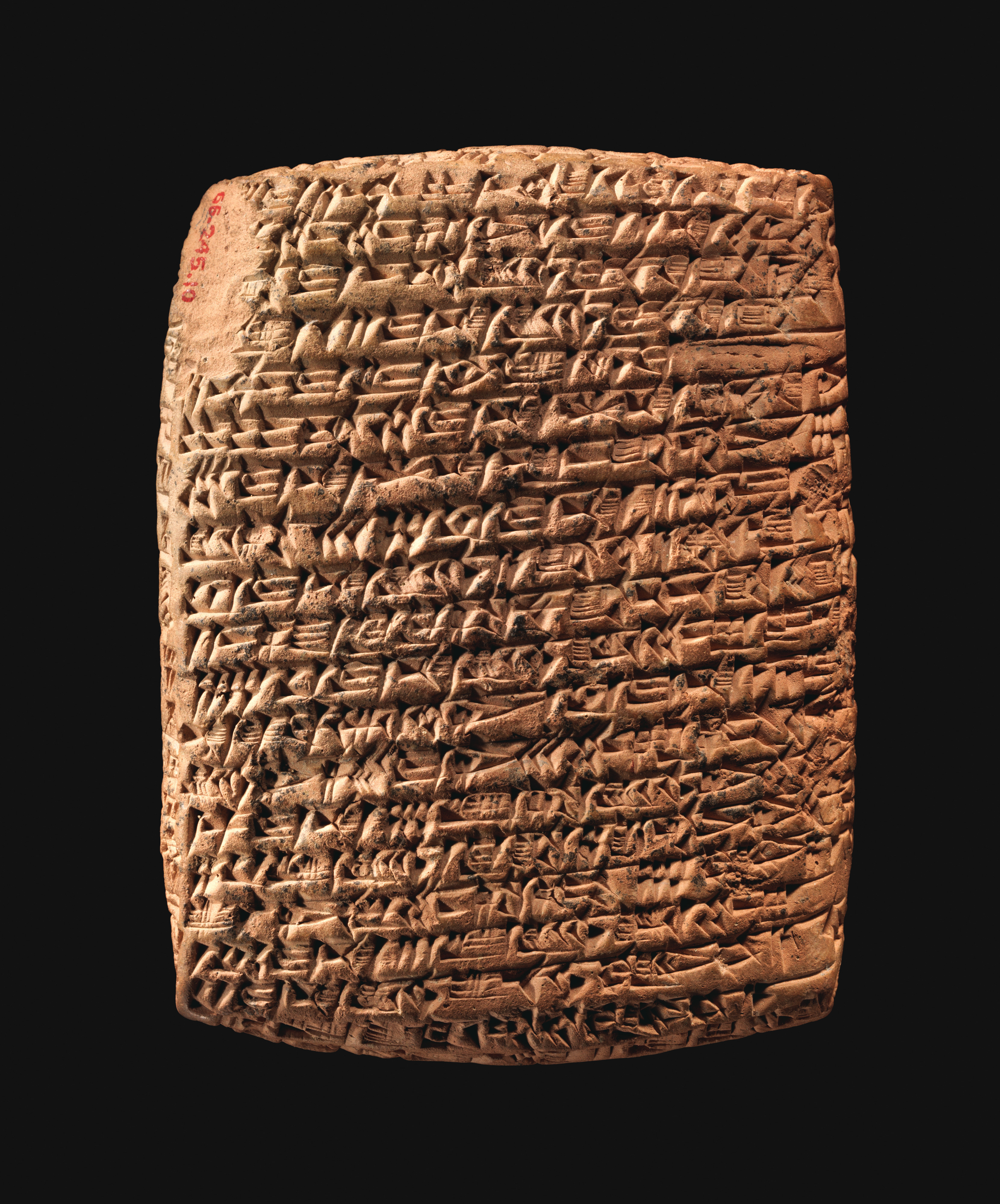Archaeologists Harness Artificial Intelligence (AI) for Instant Translation of 5,000-Year-Old Cuneiform Tablets

In a groundbreaking development, a group of archaeologists and computer scientists have leveraged the power of artificial intelligence (AI) to swiftly translate ancient cuneiform tablets. By utilizing neural machine learning translations, an AI program has been created to decode Akkadian texts with remarkable precision. Published in the esteemed journal PNAS Nexus by the Oxford University Press, this remarkable achievement marks a significant milestone in deciphering the intricacies of an ancient East Semitic language.
Akkadian, once spoken in various regions of ancient Mesopotamia, including Akkad, Assyria, Isin, Larsa, Babylonia, and possibly Dilmun, has been preserved on clay tablets dating back to 2500 BC. These tablets bear the script known as cuneiform, characterized by wedge-shaped symbols pressed into wet clay and adopted from the Sumerians.
The researchers behind this innovative project emphasize the immense historical value contained within the hundreds of thousands of clay tablets inscribed with cuneiform script. These tablets offer unparalleled insights into the political, social, economic, and scientific history of ancient Mesopotamia. Regrettably, the majority of these documents have remained untranslated and inaccessible due to their vast number and the scarcity of experts capable of deciphering them.
The AI program developed by the team exhibits exceptional accuracy in translating formal Akkadian texts, such as royal decrees or omens that adhere to established patterns. However, when it comes to more literary and poetic texts, such as priestly letters or tracts, the AI occasionally produces "hallucinations"—a term employed by AI researchers to describe instances where the machine generates results that are completely unrelated to the provided text.
The ultimate objective of this neural machine translation (NMT) endeavor, converting Akkadian to English, is to foster a collaborative environment between humans and machines. By establishing a pipeline that supports scholars and students studying the ancient language, the researchers aim to streamline the learning process.
Presently, the NMT model is accessible through an online notebook, and the source code has been made available on GitHub under the name "Akkademia." Furthermore, the researchers are actively developing an online application called the Babylonian Engine, which will provide users with a more user-friendly interface for interacting with the translated texts.
This innovative fusion of archaeology and AI not only opens new avenues for exploration and understanding of ancient civilizations but also paves the way for broader accessibility to historical texts that were previously beyond the reach of most scholars. As technology continues to evolve, the potential for further breakthroughs in the realm of language and cultural studies appears boundless.


Comments
Post a Comment